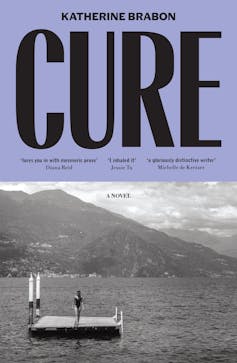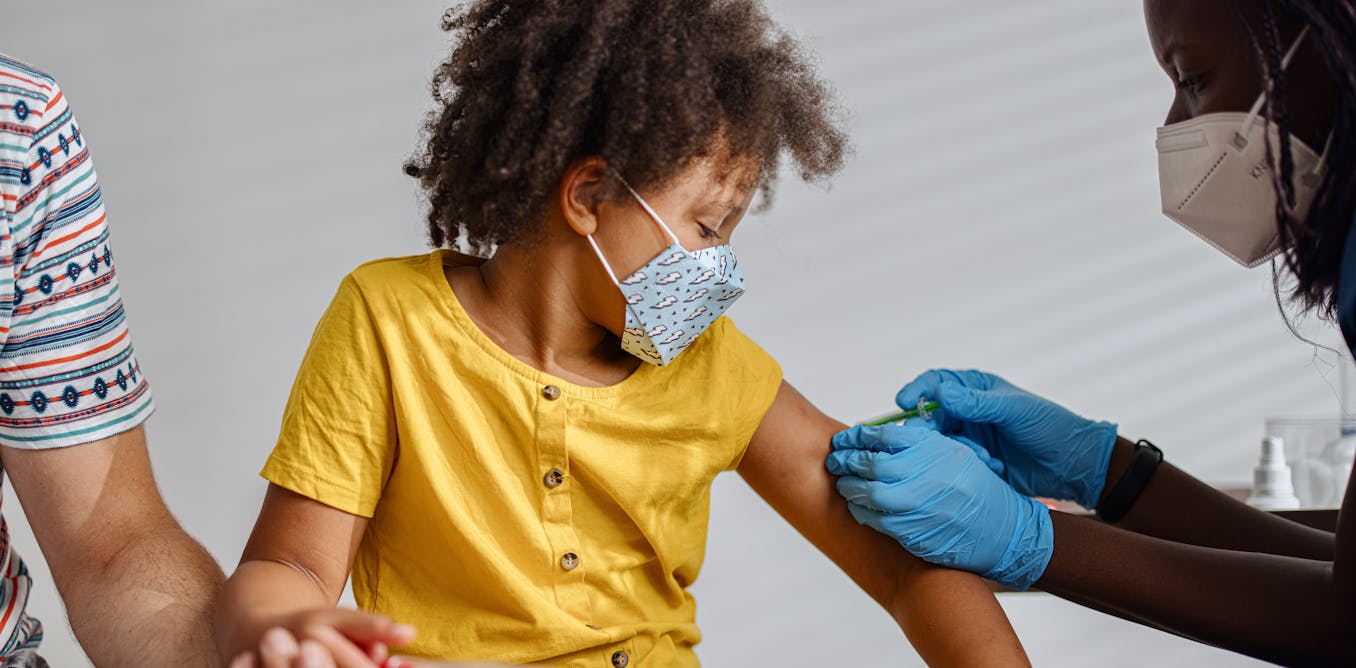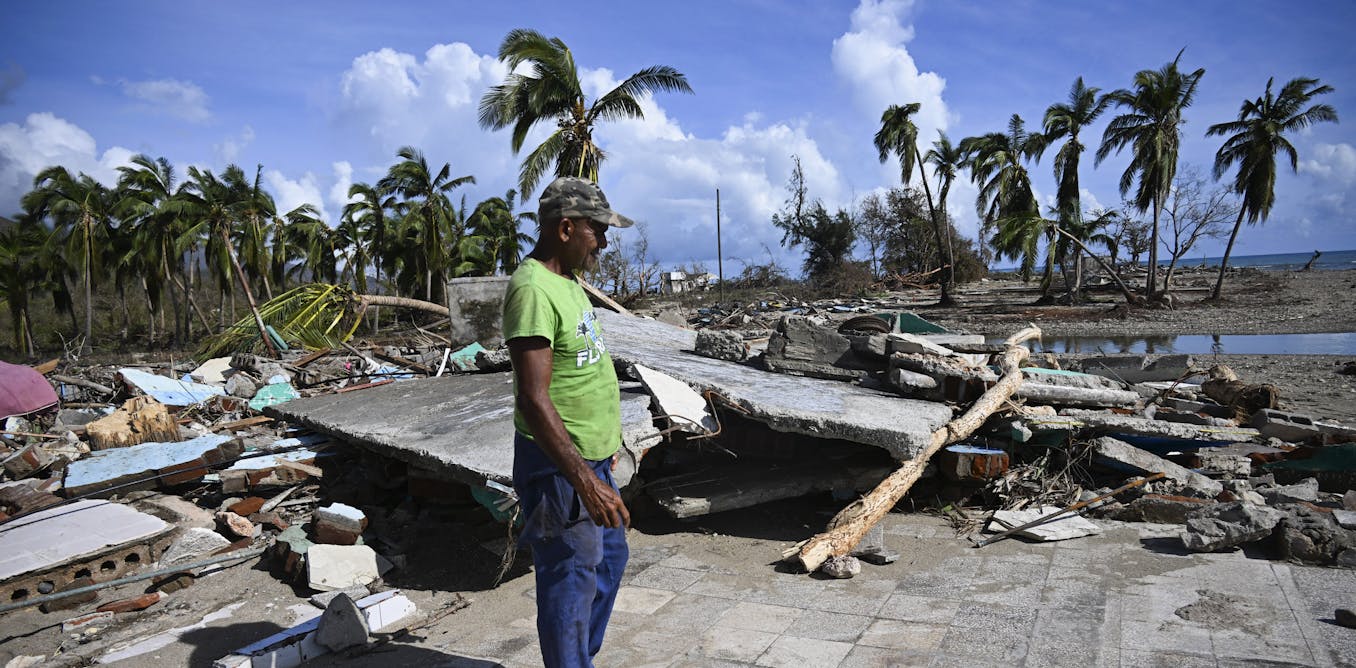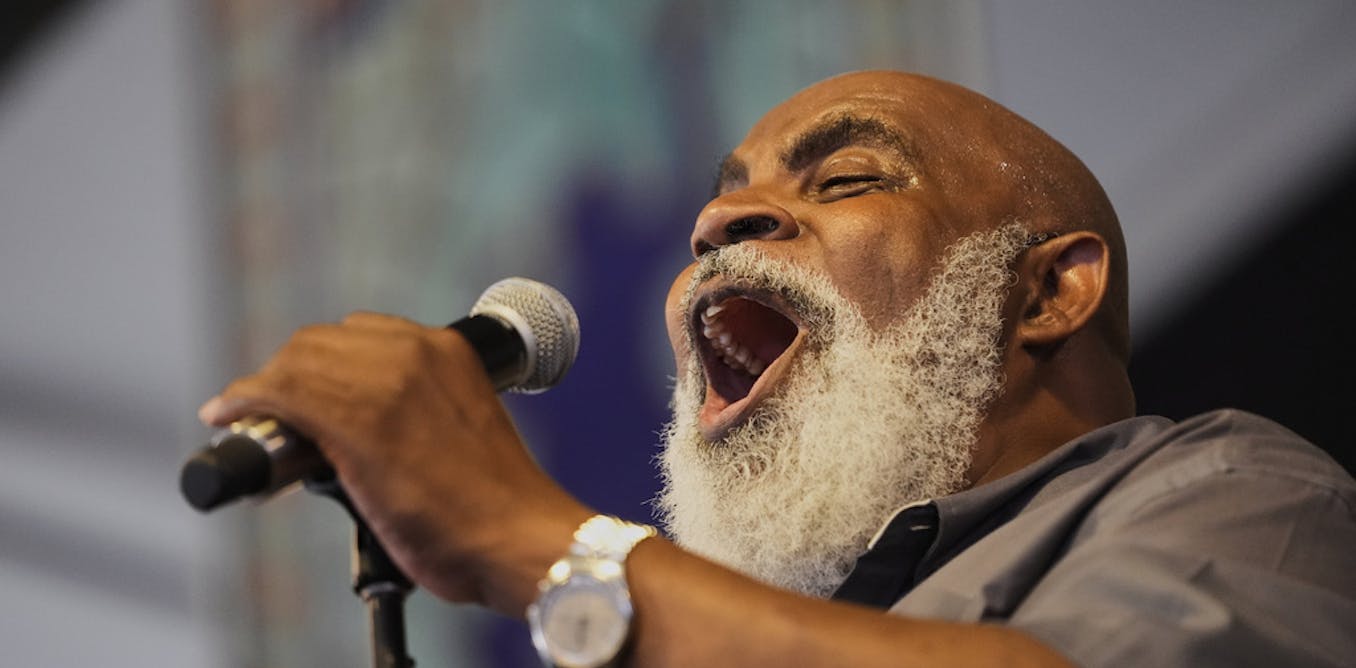Early in Katherine Brabon’s fourth novel, one of her two protagonists, a woman named Vera, turns to the internet for advice on falling pregnant. Among the articles and advertisements suggesting “surely miraculous” remedies, she finds something similarly potent with promise: stories.
In reading the social media posts of others “who had tried and struggled and then ultimately succeeded, as the phrase went, in having a child”, she finds “everything she asked for, except the specifically subjective story she wanted – which is to say: what could she do, just Vera herself, to make it certain?”
Review: Cure – Katherine Brabon (Ultimo)
Vera does become pregnant. Cure is, in large part, the story of her singular bond with the novel’s other main character, her daughter Thea. But Vera experiences her body as “unreliable” in other ways:
Since she was sixteen her body had troubled her, beginning with some kind of virus, progressing to autoimmune disease and later arthritis in her knees and wrists. She doubted her body’s capacity. This caused Vera to live in perpetual awareness of the body’s primacy in matters of fate, and of how difficult it was to actually make a difference by force of effort or will.
And yet, Vera continues to try. Her search for a “cure that is always just out of reach” echoes throughout the novel.
Marcin Wojcik
The allure of the ‘cure’
As Cure opens, Vera and Thea have travelled to Lake Como in northern Italy, accompanied by Vera’s elderly father, who grew up in the area. Their visit is something of a pilgrimage.
Thea is unwell, “sick in a constant way, like the illness is an object she carries and can’t ever put down”. She has been brought to her grandfather’s homeland to consult an enigmatic “healer” who, it is said, can perform miracles.
The situation is an uncanny mirror image of Vera’s own teenage years, when she came to the same place with her mother – in the hope of consulting the same man, to remedy the same chronic condition.
Brabon has written and spoken about her own experiences of living with rheumatoid arthritis. This informed her Stella Prize shortlisted previous novel, Body Friend. In Cure, she is again interested in exploring differing approaches to living with chronic health conditions.
Her characters grapple with a perceived tension between the complementary therapies Vera reads about online – and, by extension, the compelling accounts of individual experience that tend to accompany them – and the medical-scientific consensus favoured by her husband Anton, a doctor.
Anton is eager for his daughter to begin taking the prescribed medication recommended for her condition; he says he “didn’t study for ten years to have Vera believe one anecdote held the miraculous answer”.
But Vera, informed by her past, is resistant. She experiences an uncertainty that seems to reside in her body, her “propensity for doubt seemingly of her person”, even as she craves her husband’s certainty.
Her concern for her daughter frequently manifests as efforts at control, as she attempts to extend the discipline she aims to exercise over her own body via a regime of healthy eating, rest, gentle exercise and, at times, withholding painkillers. The latter in particular seems to indicate a quasi-religious belief that if she can be “good” enough – that is, can conform to the online world’s prescriptions for all the things she “should” be doing – all will be well.
Thea, meanwhile, faces her own decisions: about medication and visiting the so-called healer, but also about who she wants to be and how she wants to live. At times, she
feels split in two; the line in her is one between both of her parents. Her father, the doctor. Her mother and all that she believes.
Mirrors of the self
Remarkable for its sensitive, perceptive portrayal of life with chronic illness and its deeply empathetic approach to its protagonists, Cure is less interested in passing judgement on its characters’ choices than in seeking to understand the motivations that underpin them.
A frustrated Anton might dismiss the bloggers as “these bloody women”, but Vera finds in their words something her own parents lacked when she first became unwell: “a guide”; something “to render you less alone”.
The personal stories she reads online become both a salve and a means of self-definition. Of particular comfort is a blog written by an American woman also named Vera, “whose experience mirrored hers like never before”.
These kinds of doubles and slippages of identity appear throughout the novel, suggesting the ways our identification with others’ stories can grant us the sense of being seen – and of seeing ourselves – more distinctly.
This dynamic is particularly prominent in Vera and Thea’s relationship. As the narrative shifts between their perspectives and moves back and forth in time, we see the ways their lives and senses of self not only mirror one another, but also blur and blend.
Other sections, formatted in italics, refer to a figure known simply as “the girl”. Whether she is the mother or the daughter, or perhaps both, comes into focus only towards the novel’s end.

All of this speaks to what Vera feels, at points, is the near impossibility of integrating her “experience of illness into the person she felt she was”. One of the things she admires about the American Vera is the way she presents “a firm self of self, with her illness consolidated firmly into this character”.
In her example, Vera sees “a possibility for living”.
Thea similarly struggles with self identity. Her inability to be sure of what she wants or even likes is exacerbated by feeling her body is “separate, a thing apart” and by becoming known among her peers as “the sick one”.
The mother–daughter relationship provides an added layer of complexity, with the familiar push–pull dynamic of teenager and parent complicated by the specifics of ill health. Cure suggests the ways identification with another has the potential to both comfort and stifle.
In feeling this tension between closeness and separation, Thea carries an awareness of the ways her life seems to closely hew to her mother’s. Vera, meanwhile, “just wants to stop the progression of what she sees as a mirror of her own body” in her daughter’s, to the extent that sometimes, in apprehending Thea, “she cannot see beyond the body, its destruction, its inheritance”.
Writing is not quite a cure
Narrative emerges as perhaps the most meaningful way for Vera and Thea to negotiate these questions. In a novel less committed to nuance, and to resisting easy answers and straightforward binaries, reading and writing might come to represent something like a cure. Brabon, however, is far too clear-eyed and thoughtful a writer for that.
Vera finds in writing to her American namesake a way to apprehend “an entire corner of her psyche she had never shared with anyone, never encountered in another person or source of information”. Thea’s journal comes to feel “like a friend”. In its pages, she can elide her “sick days” entirely, allowing her to exist “through her writing” as “a girl who doesn’t have this sickness about her”.
Yet the novel resists romanticising or idealising such acts. It acknowledges that a writerly persona can come to feel confining – and that narrative can capture experience in only a partial and provisional fashion. It carries an awareness, too, of how the sharing of personal stories can result in online echo chambers.
But it also clearly illustrates the ways writing becomes deeply meaningful to its protagonists. By the end of the novel, both are revealed to be writing about their experiences of chronic illness in ways that reach beyond straightforward testimony or personal anecdote, and thus allow them to reimagine their own – and one another’s – stories.
For Thea, this means attempting to depict her mother’s life as a younger woman; for Vera, it entails writing about her experiences via a fictionalised persona. Doing so enables her to say things she “cannot bring herself to say to anyone in her real life”; to connect with other people and with other parts of herself.
Most significantly, it provides both characters a sense of agency so often denied to them – not only by the unpredictability of their bodies, but also the often-competing ideas of others about how best to manage their pain.

The post “How do the stories we tell shape our experience of chronic illness? Katherine Brabon charts an elusive search for ‘the cure’” by Gemma Nisbet, Lecturer in Professional Writing and Publishing, Curtin University was published on 07/21/2025 by theconversation.com




































Leave a Reply